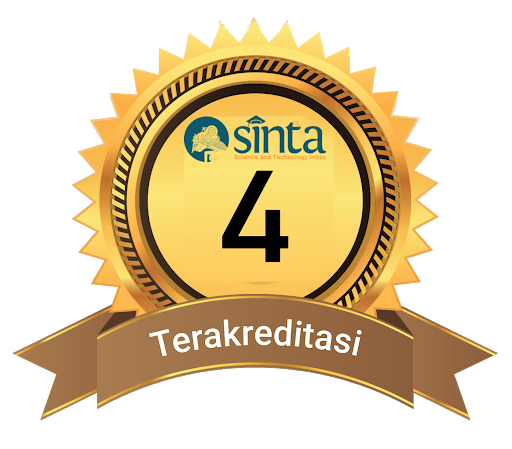IMPLIKASI PELAKSANAAN PROGRAM KELOMPOK USAHA BERSAMA (KUBE) TERHADAP PEMBERDAYAAN EKONOMI DAN KESEJAHTERAAN MASYARAKAT DI KABUPATEN BANGKA
DOI:
https://doi.org/10.32923/sci.v4i1.1038Keywords:
Implementation, KUBE, Economic Empowerment, Community WelfareAbstract
This empirical research is intended to analyze the effect/implication of KUBE program on economic empowerment and community welfare at Bangka Regency. The implementation of the variable (x¹) was measured by three indicator variables namely theoretical and technological support, the diversity of the target group’s behavior and the desired level of behavior change. Structure of KUBE program and implementation process (x²) were measured by clarity and consistency of KUBE program objectives, its accuracy and the allocation of funding sources. External factor variables that influence the implementation of KUBE program (x³) were measured by five indicator variables; socio-economic, public support, constituents, government support, and commitment. This research is quantitative research with descriptive analysis techniques, and inferential analysis using Multiple Linear Regression, and SPSS 23.0 software. The population of this research is some KUBE which spread in several villages in Bangka Regency with 122 groups across 8 sub-districts. The sample of the study is 5 KUBE with 53 members at Sungailiat, Mendo Barat dan Merawang Sub-district. The result of the study showed that the implementation of the KUBE did not affect the economic empowerment and welfare of people in Bangka regency. On the other hand, the structure variable of KUBE program implementation affects the economic empowerment and welfare of people in Bangka regency. Moreover, the external factor variables that influence the implementation of the KUBE program affects the economic empowerment and welfare of people in Bangka regency.
Downloads
Published
Issue
Section
License
Authors who publish journals in Scientia: Jurnal Hasil Penelitian agrees with the following conditions:
1. Authors retain copyright and grant the journal right of first publication with the work simultaneously licensed under a Creative Commons Attribution 4.0 International License.
2. Authors are able to enter into separate, additional contractual arrangements for the non-exclusive distribution of the journal's published version of the work (e.g., post it to an institutional repository or publish it in a book), with an acknowledgement of its initial publication in this journal.
3. Every publication (printed/electronic) are open access for educational purposes, research, and library. Other than the aims mentioned above, the editorial board is not responsible for copyright violation.











